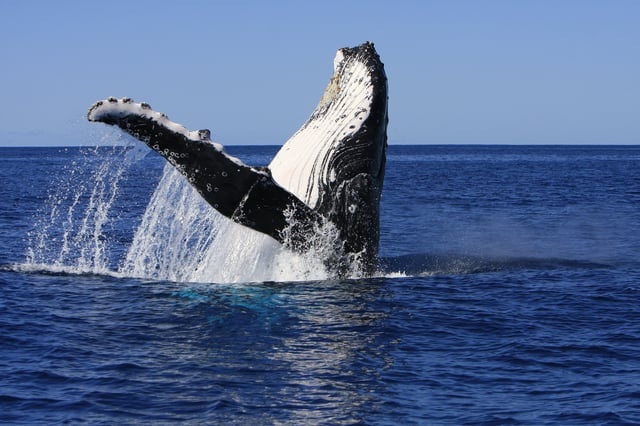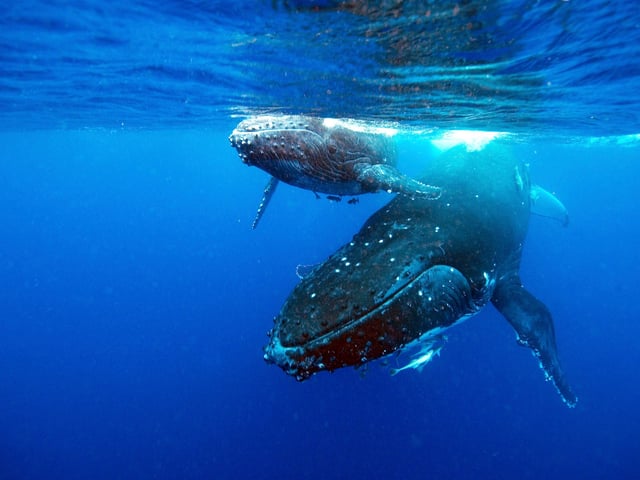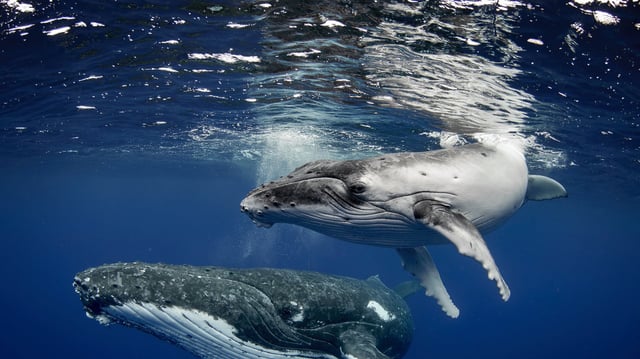Overview
- Humpback whale songs exhibit statistical patterns, such as Zipf's law, which govern word frequency in human languages.
- Researchers analyzed eight years of humpback whale recordings from New Caledonia, segmenting their songs similarly to how human infants perceive language structure.
- The findings show whales also follow Menzerath's law, which links shorter components to longer sequences, emphasizing communication efficiency.
- These patterns suggest that cultural transmission, not just genetic programming, influences whale communication systems, drawing parallels with human language evolution.
- While whale songs lack semantic meaning, the studies challenge the notion of human language as entirely unique, showing shared traits across species.



